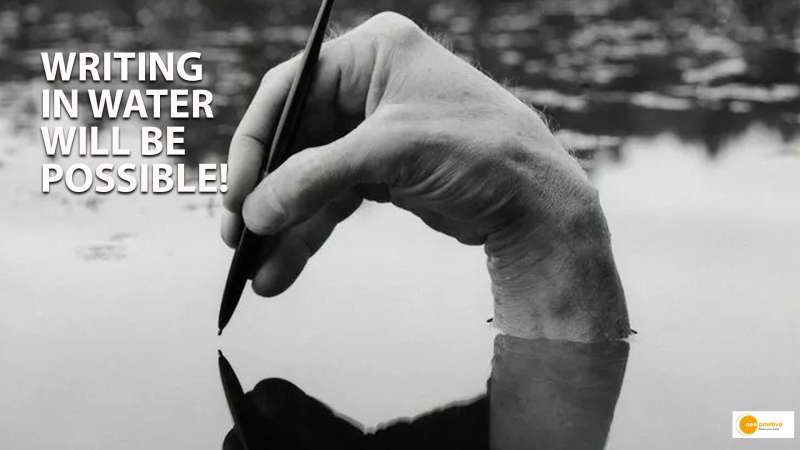

The old saying, “His name was written in water,” used to mean something was quickly forgotten. But that might change soon.
In art and communication, we’ve always needed solid things like paper or clay to write and draw, to capture our thoughts and creativity. But what if we could write in water itself, without any solid surfaces? A team of scientists from different universities had a fascinating idea.
Creating Water “Vapor Trails”
Imagine making 3D “vapor trails” in water, like airplanes leave trails in the sky. To achieve this, they needed to overcome a significant challenge: the turbulence caused by a regular pen or nib moving through water tends to erase any ink marks it makes. But here’s where it gets interesting.
These scientists came up with a solution. Instead of using regular ink, they used a tiny bead, just 20 to 50 microns wide, made of ion-exchange material as writing instrument. This little bead doesn’t mess up the water. The genius part is it changes the water’s pH value (a measure of how acidic or basic it is) as it moves. So, when you roll the bead on the water, it leaves behind an invisible “trail” with a different pH, essentially “writing” in the water.
More Than Just Writing
This new technique isn’t just about writing words. The researchers think it could be used to create all sorts of patterns and structures in liquids. You can even erase and fix things if you need to. They’re also looking into using different things, like laser-heated particles or tiny swimmers, to make even fancier effects.
One cool thing is that you don’t need a solid surface under the water. This makes it super flexible. The lines made with this method stay visible for about ten minutes, but they could last longer with special inks.
With this innovative technique, it’s clear that we’re witnessing the birth of a new form of expression and exploration in the world of fluid dynamics. Whether you’re an artist, a scientist, or simply curious about the boundaries of human creativity, this is a development worth keeping an eye on.


